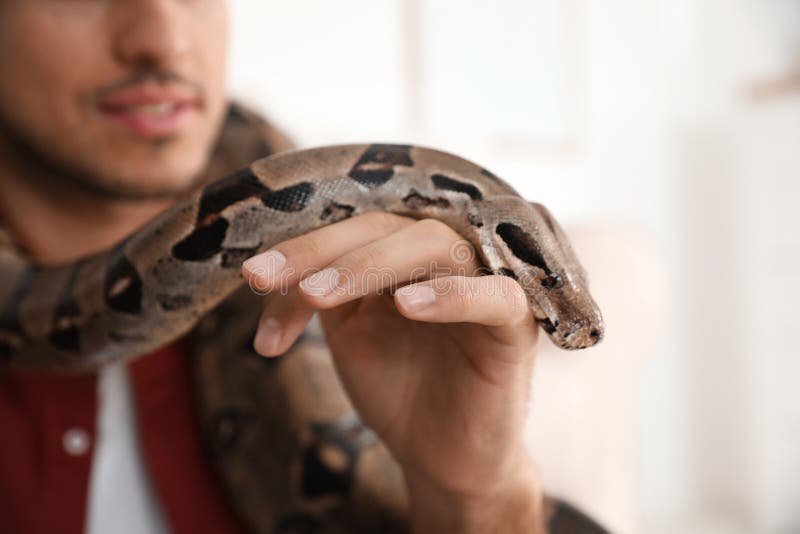

Reptile food, tank water, equipment, and habitats can be contaminated with Salmonella and other germs.

You don’t have to touch a reptile or amphibian to get sick from the germs they carry. Children younger than 5 years old should not handle or touch reptiles or amphibians or their environments because they are at a higher risk for serious illness and hospitalization caused by Salmonella infection.Safely care for your pet reptile or amphibian Learn more hygiene tips when around animals. Supervise young children when they use hand sanitizer to prevent swallowing alcohol.Use hand sanitizer with at least 60% alcohol if soap and water are not readily available.After cleaning your pet’s tank or aquarium.After handling your pet’s poop or equipment (for example, cages, aquariums, rocks, enrichment, tank decorations, tank water).After feeding your pet or handling pet food.

After touching or playing with reptiles and amphibians.Wash your hands with soap and running water:.Follow these tips to reduce your risk for illnesses carried by reptiles and amphibians: Wash your hands Because of this, reptiles and amphibians aren’t recommended for households with young children, people with weakened immune systems, or adults 65 and older.Įven when they appear healthy and clean, reptiles and amphibians can carry germs that can make people sick. Reptiles and amphibians require special care and are more likely than other pets to carry germs that make people sick, like Salmonella, even when they appear clean and healthy. Know that some reptiles can live for a very long time. Some infections get better on their own, while others might require antibiotics or other treatment.īefore buying or adopting a pet reptile or amphibian, make sure it is the right type of pet for your family. In very rare cases, the bacteria can spread throughout the body. Symptoms in people: In people, the most common sign of infection is a raised bump or sore where the bacteria entered an open wound. Sores are usually on the hands or arms.
#BOA CONSTRICTOR PET DANGERS SKIN#
Signs in reptiles and amphibians: Infected reptiles and amphibians might have lumps, sores, or changes in skin color. People with weakened immune systems are at higher risk for getting seriously sick. Who is at risk: People who work with or clean aquariums are more likely to be exposed to this germ. People can get infected through open cuts or wounds. How it spreads: This bacteria spreads through contaminated aquarium water. It mainly affects fish, but also can affect reptiles, amphibians, and people. Mycobacterium marinum is a type of bacteria commonly found in freshwater and saltwater aquariums and ponds. By providing your pet with routine veterinary care and following the tips on the Healthy People section, you are less likely to get sick from touching, petting, or owning a reptile or amphibian. Appropriate husbandry and veterinary care can help keep you both safe from illness.
#BOA CONSTRICTOR PET DANGERS HOW TO#
If you decide that a reptile or amphibian is the right pet for you, it’s important to learn how to properly care for your pet. Young children, people with weakened immune systems and adults 65 and older are at higher risk of getting sick from germs carried by reptiles and amphibians.

People can get sick from Salmonella bacteria through contact with reptiles, amphibians, or their environments, including water from their tanks or aquariums.Īlthough reptiles and amphibians can make interesting and entertaining pets, it’s important to be aware that they sometimes carry germs that can make people sick. Even healthy reptiles and amphibians can carry the bacteria. Reptiles and amphibians often carry Salmonella bacteria in their digestive tracts. Reptiles have dry and scaly skin, whereas amphibians have smooth, slimy skin.īoth reptiles and amphibians can carry germs that make people sick. The most common germ carried by reptiles and amphibians is Salmonella. Millions of households in the United States own at least one reptile (like a turtle, lizard, or snake) or amphibian (like a frog, salamander, or caecilian).


 0 kommentar(er)
0 kommentar(er)
